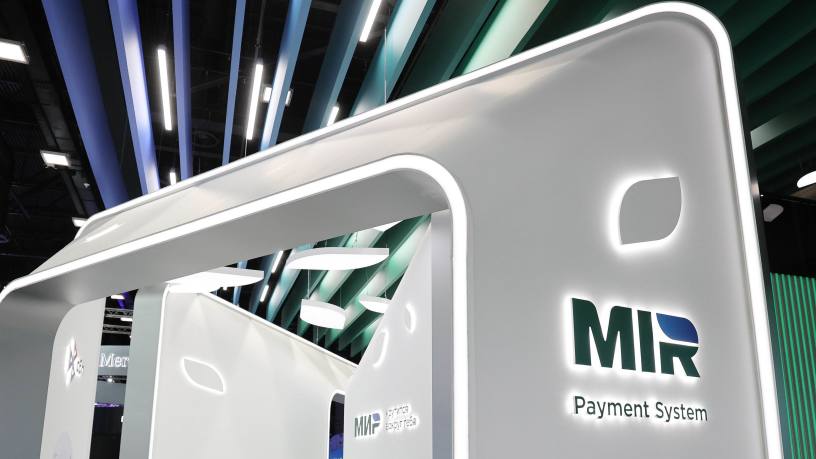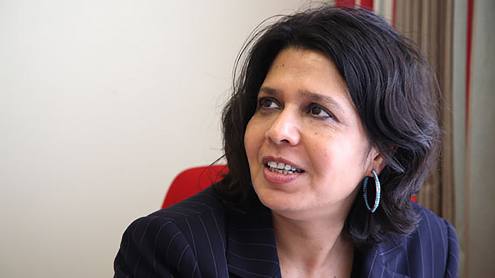The stunning success of Russia’s Mir payment system has laid down a marker for many countries across the world. In a little over five years, Moscow has created an indigenous payment scheme over which it has full control. This makes it harder for adversaries to threaten the economy through sanctions, by cutting off Russian banks from using Visa and Mastercard payment schemes, for example. It also keeps 100% of the payments revenue pool in Russian hands, and the country’s lenders are prospering as a result.
As Mir expands across central Asia and beyond, Russian banks are reaping the benefits of surging cross-border payments on the system. Although Mir is not unique – other domestic systems exist, including iDEAL in the Netherlands and the Mada card in Saudi Arabia – it shows what can be achieved in a short period of time with the full backing of the state. For jurisdictions that want to minimise the punitive impact of, particularly, Western sanctions, while boosting revenues in the domestic banking sector, Mir is a model to follow.












